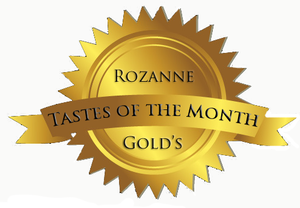
As we transition from this site to my new website blog, I encourage you to sign up for the new Living Cookbook and weekly blog at www.rozannegold.com
Happy Summer! It is mid-way to the year-end food trends report joyfully undertaken by our company, Baum + Whiteman — a restaurant consulting group dedicated to the creation of immersive food and restaurant projects all over the world. We are excited about the most recent good news! Restaurant sales last month beat all records, besting their previous high recorded in January 2020, just before the Covid pandemic exploded.
With summer travel expected to soar, restaurant sales will continue their upward trend – particularly as vaccinated Americans feel safe about returning to indoor dining. This surge in restaurant spending seems to accompany a down-trend in retail sales. That’s probably because consumers have used all the money that the government’s been sending out to purchase almost everything they’ve wanted. So they’re now redirecting those dollars toward pleasurable pursuits.
However, it’s not all roses. Next time you visit your favorite restaurant, you’re likely to encounter some startling price rises, and there are three reasons for this. First, restaurateurs need to replenish their cash reserves after losing about $280 billion since the pandemic’s onset. Second, shortages of practically everything – from paper cups to chicken wings – are triggering higher prices for restaurant supplies. And, most important of all, there’s an extreme shortage of labor. This also suggests that along with higher menu prices, you’re likely in many places to endure disjointed service. (The flip side to that is those who are working seem especially kind and grateful.)
Low wages, tough working conditions and this year’s focus on “worker equity” all have prompted about one-third of restaurant employees to move to different industries – or to move from big cities to places where living is easier and cheaper. And this labor shortage is occurring as thousands of restaurants are reopening, adding to demands for labor while putting upward pressure on simple hamburgers, lofty rib steaks, or decadent desserts. Value meals, in fact, are disappearing at fast food locations.
No matter. The big news is that it’s great to have our restaurants back!
Here are five trendlets for the summer:
— Boozed-up seltzer, with or without added flavorings. Most contain about 5% alcohol but they vary up to about 12%, which is the same jolt you’d get from a glass of wine. They’re for people who are drinking “lighter.” Keto-maniacs like them. And they offer cheap thrills.
— Tajin. The perfect summer spice mix from Mexico. You can make your own simple version. Or buy jars that contain ground mild chilies, dehydrated lime and sea salt. Dip the rim of your Bloody Mary glass in the mix, or sprinkle the stuff on scrambled eggs, roast chicken or, as they do on New York City streets, dip slices of mango in it.
— Calabrian chilis packed in oil. During Covid, house-bound consumers began cooking again, and searching for “interesting” ingredients. This one, driven by social media, is pretty hot but with lots of flavor. They’ve gone from esoteric to mass-market in no time – from gourmet shop shelves to Trader Joe’s and Target.
–Upmarket “new Chinese American” takeout. We’re thrilled about the recent New York Times article (6/21/21), “More than Just Take Out” by Cathy Erway, featuring our friends at the growing fast-casual chain NICE DAY by Junzi.
–Devoted watching of “High on the Hog” – a Netflix docu-series illuminating how African- American cooking transformed America (based on the book by Dr. Jessica Harris).
–The global tofu market is soaring and will continue until 2027.
Buzzwords and favorite bites:
Sake on tap (and sake bars); pistachio-filled croissants at Carissa (in East Hampton); salmorejo (a silky gazpacho-like puree, the color of lipstick – my version is made only with bread, olive oil, ripe tomatoes, garlic and a splash of sherry vinegar); vegetarian Reuben sandwiches made with roasted beets, truffle-infused hot sauce (by Truff); sunflower butter; tonburi, and Friendly’s Forbidden Chocolate ice cream (not kidding).

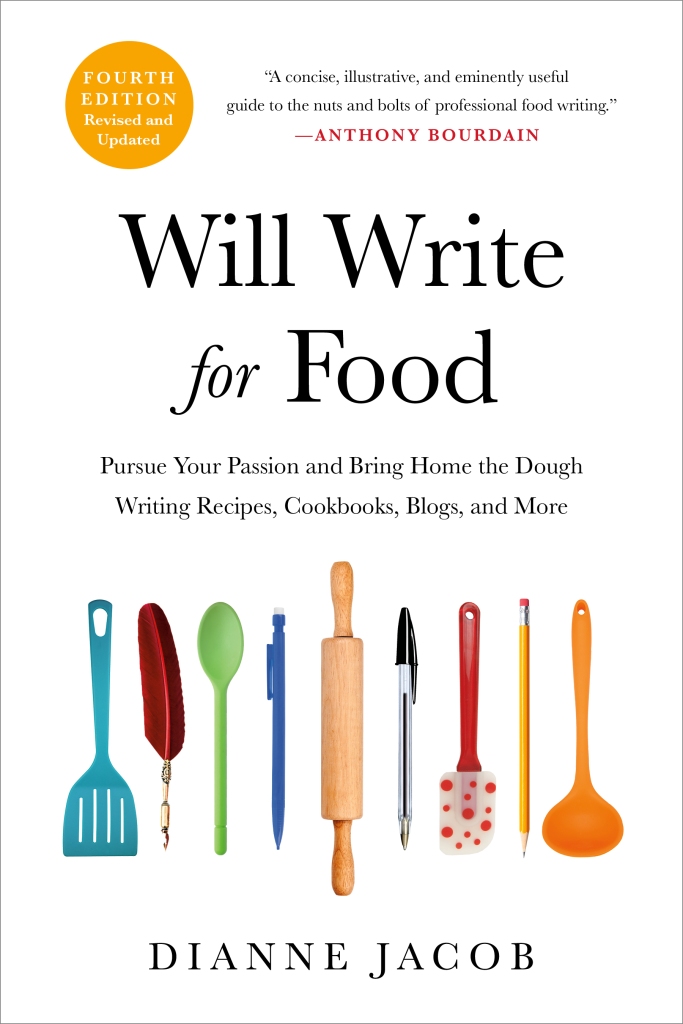
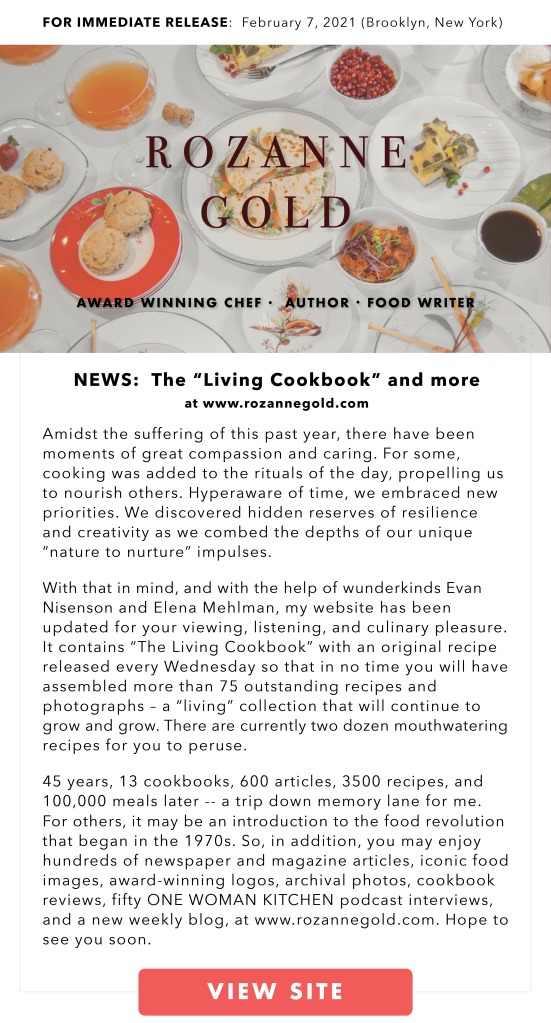
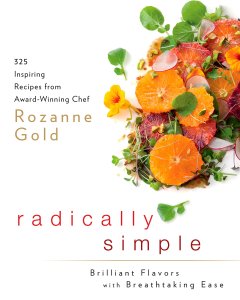

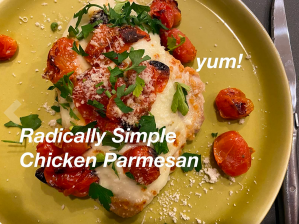

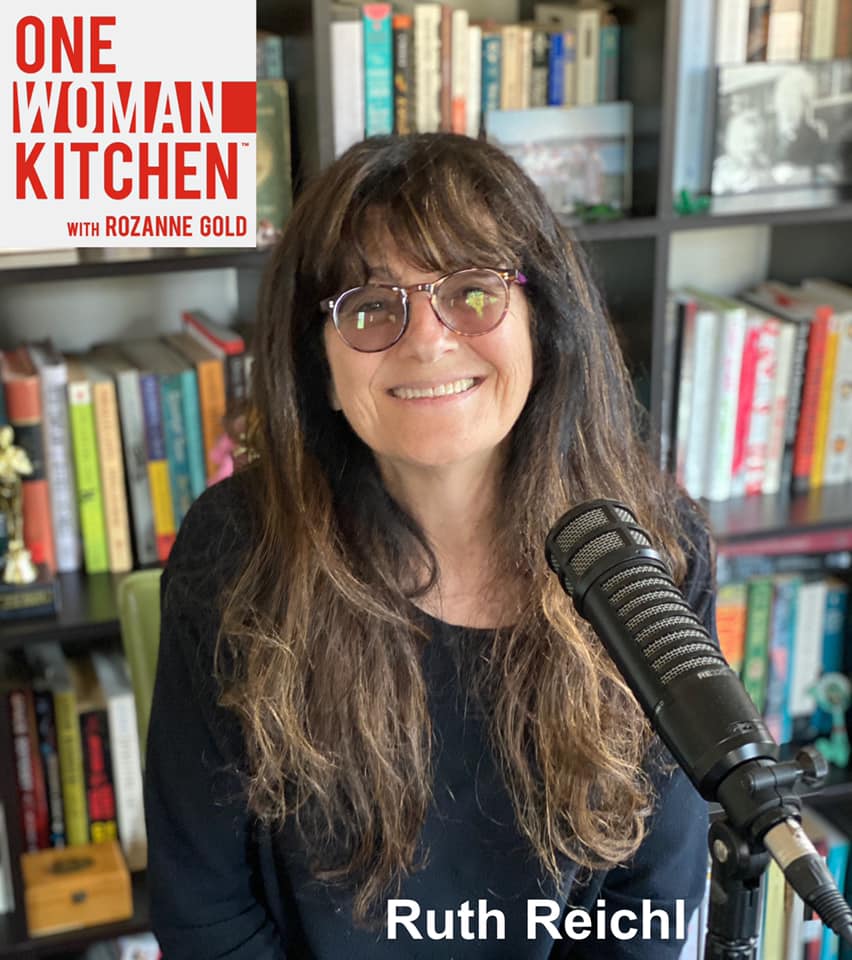 I am thrilled to have
I am thrilled to have 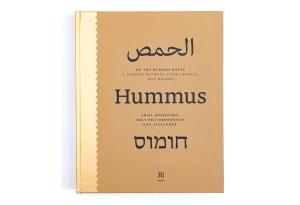

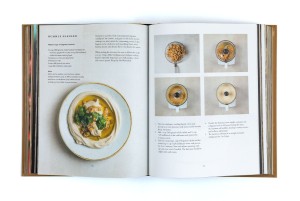
 Allison Kave is this week’s awesome guest on “One Woman Kitchen.” The co-owner of the trendy “
Allison Kave is this week’s awesome guest on “One Woman Kitchen.” The co-owner of the trendy “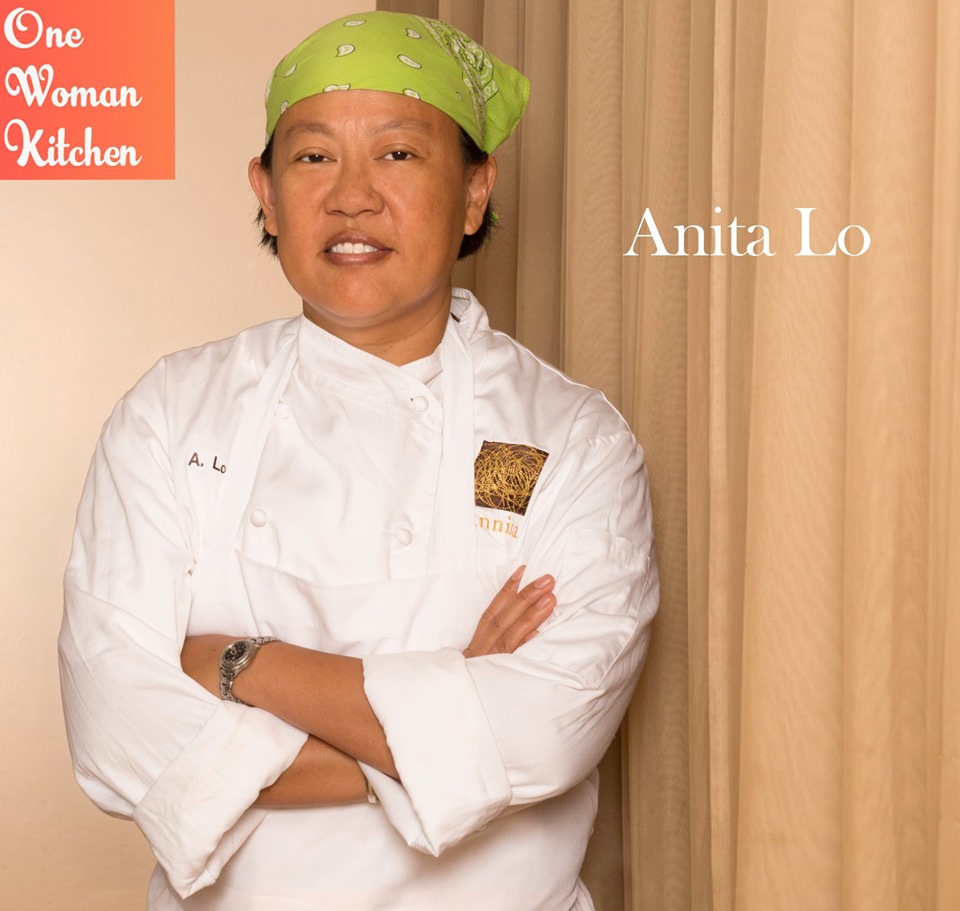 Chef Anita Lo has been a beacon of mastery and modesty since I’ve known her. She is an extraordinary role model to so many in the food world. Whereas Anita’s beautiful Michelin-starred restaurant Annisa is greatly missed, we now get to marvel at Anita’s evolutionary tale — as author, mentor, and trailblazer of culinary travel adventures. She has so much to share and we have so much to learn from her. Hope you enjoy our conversation.
Chef Anita Lo has been a beacon of mastery and modesty since I’ve known her. She is an extraordinary role model to so many in the food world. Whereas Anita’s beautiful Michelin-starred restaurant Annisa is greatly missed, we now get to marvel at Anita’s evolutionary tale — as author, mentor, and trailblazer of culinary travel adventures. She has so much to share and we have so much to learn from her. Hope you enjoy our conversation.



